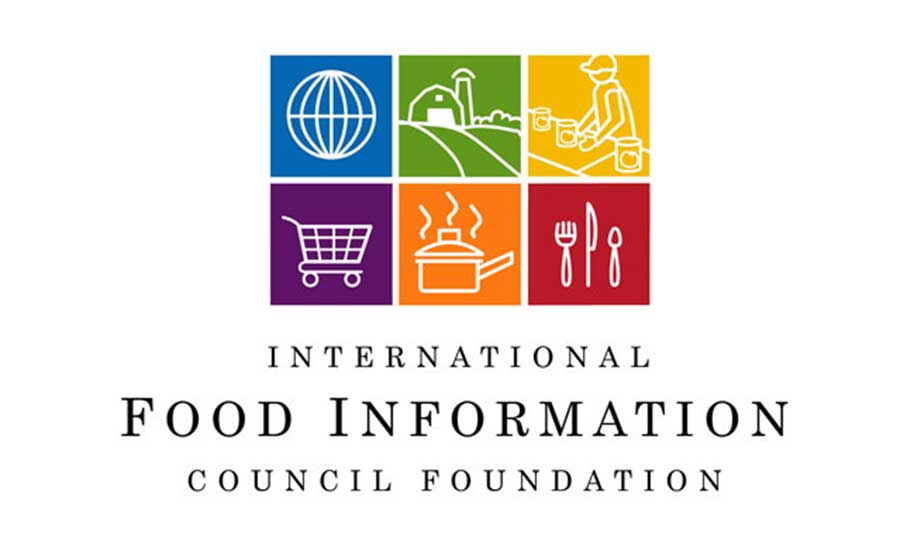Health-related factors have a significant impact on the foods people buy. With the seemingly overwhelming number of products on shelves, a new survey offers insights into which information on food labels is most influential — and on how additional information might lead to healthier dietary choices.
According to the survey, conducted by the International Food Information Council (IFIC) Foundation and the American Heart Association, almost all Americans (95%) report that they always or sometimes look for healthy options when food shopping.
Consumers say they are more likely to consult food labels for healthfulness when buying a product for the first time. However, there is a gap between consumers’ desire to find information about healthy foods and their ability to do so. Only a little more than one-quarter (28%) say it’s easy to find healthy foods, while 11% say it’s difficult, and the remainder report it is only moderately easy.
“We know consumers are making efforts to eat healthier,” said Joseph Clayton, CEO of the IFIC Foundation. “But our research indicates that their ability to locate the information they find most helpful can be a barrier to making healthier choices. Even subtle changes to food labels could have a positive impact on public health.”
When it comes to the wide array of sources where consumers get information about the healthfulness of foods—whether in-store, online or in other marketing statements—the Nutrition Facts panel was the top source (69%), followed by the ingredients list (67%), according to the survey. More consumers primarily consulted labels for ingredients they were seeking (45%) than for ingredients they were avoiding (31%).
Consumers indicate they pay a lot of attention to health-related iconography currently on food labels, but they say additional information could prove even more helpful. Nearly half of those surveyed (48%) say they frequently check front-of-package icons like Facts Up Front and the American Heart Association’s Heart-Check mark. About three in five (62%) are at least somewhat familiar with the Heart-Check symbol in particular, with Millennials being the age cohort who are most aware (35% are very familiar with the icon).
“Shoppers say they are overwhelmed with choices and conflicting nutrition information,” Cheryl Anderson, Ph.D., professor and interim chair of the Department of Family Medicine and Public Health at the UC San Diego School of Medicine, and science volunteer and chair of the Nutrition Committee of the American Heart Association. “Meaningful health labeling like the Heart-Check mark may help shoppers choose foods with higher diet quality that support good health.”
Consumers say a universal “healthy” symbol or image on a food package could go a long way toward encouraging better dietary choices: 54% say such a symbol would be very helpful, and 45% say it would make them more likely to purchase a given product, especially among those who aren’t traditionally shopping for healthy foods.
